Table of Contents
What is File Powder?
File powder is a traditional thickener and flavoring agent used in Creole and Cajun cuisine, made from dried and ground sassafras leaves. It has a distinctive earthy, slightly herbal flavor and is essential for authentic gumbo. Unlike spices, file powder is primarily used as a thickener that works best when added at the end of cooking to prevent clumping. It should never be boiled, as this causes it to become stringy and lose its texture.
File powder has been used for centuries by Native American tribes and was later adopted into Louisiana cooking. It is not a spice blend but a single-ingredient thickener with unique properties that cannot be substituted with cornstarch or flour.
What is Gumbo Seasoning?
Gumbo seasoning is a spice blend specifically formulated for gumbo dishes. It typically contains paprika, cayenne pepper, garlic powder, onion powder, thyme, oregano, and sometimes smoked paprika for depth. Unlike file powder, gumbo seasoning is added early in the cooking process to infuse flavors throughout the dish. It provides the signature spicy, savory base for gumbo but does not thicken the stew.
While file powder is a traditional thickener, gumbo seasoning is a flavor enhancer. Many recipes use both ingredients together: the seasoning for flavor and file powder for texture.
Key Differences Between File Powder and Gumbo Seasoning
| Characteristic | File Powder | Gumbo Seasoning |
|---|---|---|
| Primary Function | Thickening agent | Flavor enhancer |
| Main Ingredient | Dried sassafras leaves | Spice blend (paprika, cayenne, garlic, etc.) |
| When to Add | At the end of cooking (never boiled) | Early in cooking (simmered with other ingredients) |
| Texture Impact | Creates a smooth, slightly viscous consistency | Does not thicken; adds flavor complexity |
| Common Uses | Traditional gumbo, étouffée | Gumbo, jambalaya, seafood dishes |
Practical Tips for Using File Powder and Gumbo Seasoning
- File Powder Usage: Stir 1-2 teaspoons into finished gumbo off the heat. Never add to boiling liquid. For best results, mix with a small amount of cold water first to prevent clumping.
- Gumbo Seasoning Usage: Add 1-2 tablespoons at the beginning of cooking with roux or vegetables. Adjust quantity based on desired heat level.
- Pairing: Use both together for authentic gumbo: season with gumbo blend early, then finish with file powder.
- Storage: Keep both in airtight containers away from light and moisture. File powder lasts 6-12 months; gumbo seasoning 8-12 months.
- Substitutions: Do not substitute file powder with cornstarch or flour. For gumbo seasoning, adjust ratios of paprika and cayenne to match your preferred heat level.
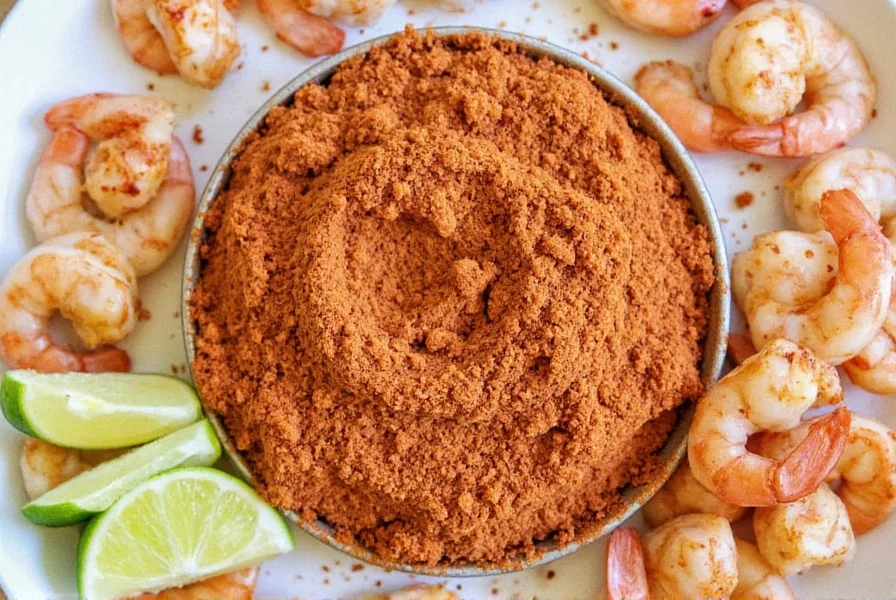
Buying Guide: How to Choose the Right Product
| Product Type | Features | Best For | Storage Tips | Where to Buy |
|---|---|---|---|---|
| Pure File Powder | 100% sassafras leaves, no additives | Traditional gumbo, authentic Creole cooking | Refrigerate after opening for extended freshness | Specialty food stores, online Creole cuisine retailers |
| Pre-Mixed Gumbo Seasoning | Spice blend with paprika, cayenne, garlic, and herbs | Quick gumbo preparation, jambalaya, seafood dishes | Store in cool, dark place; use within 8 months | Supermarkets, online grocery stores |
| File Powder & Seasoning Combo Pack | Both products in one package | Home cooks new to Creole cuisine | Store separately as per individual product guidelines | Specialty cooking websites, Louisiana-based retailers |
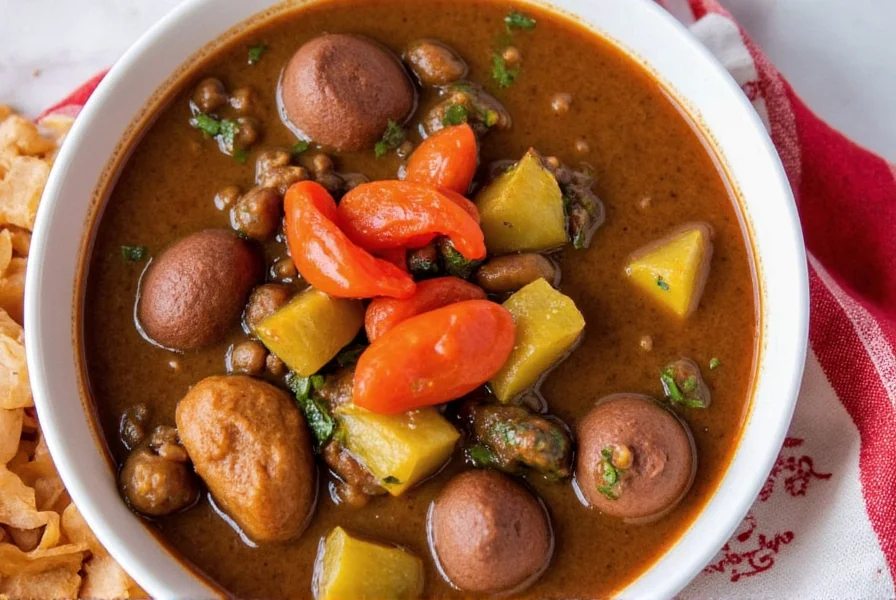
Frequently Asked Questions
- Is file powder the same as gumbo seasoning?
No. File powder is a thickener made from sassafras leaves, while gumbo seasoning is a spice blend. They serve different purposes and are used at different stages of cooking. - Can I use file powder as a thickener for other dishes?
Yes. File powder works well in étouffée, stews, and even some soups, but always add it at the end off the heat to prevent stringiness. - Why does my gumbo become stringy when I add file powder?
This happens when file powder is boiled. Always remove the pot from heat before stirring in file powder, and mix it with a small amount of cold water first. - What is the difference between file powder and okra as thickeners?
Okra releases natural mucilage when cooked, creating a slimy texture. File powder provides a smoother, more delicate thickening without the sliminess. Many recipes use both for layered texture. - Where can I find authentic file powder?
Look for products labeled "100% sassafras" from Louisiana-based brands like Tony Chachere's or Zatarain's. Avoid products with added fillers or thickeners. - Can I make my own gumbo seasoning?
Yes. Combine 2 tablespoons paprika, 1 tablespoon cayenne, 1 tablespoon garlic powder, 1 tablespoon onion powder, 1 teaspoon thyme, and 1 teaspoon oregano. Adjust ratios to your taste.
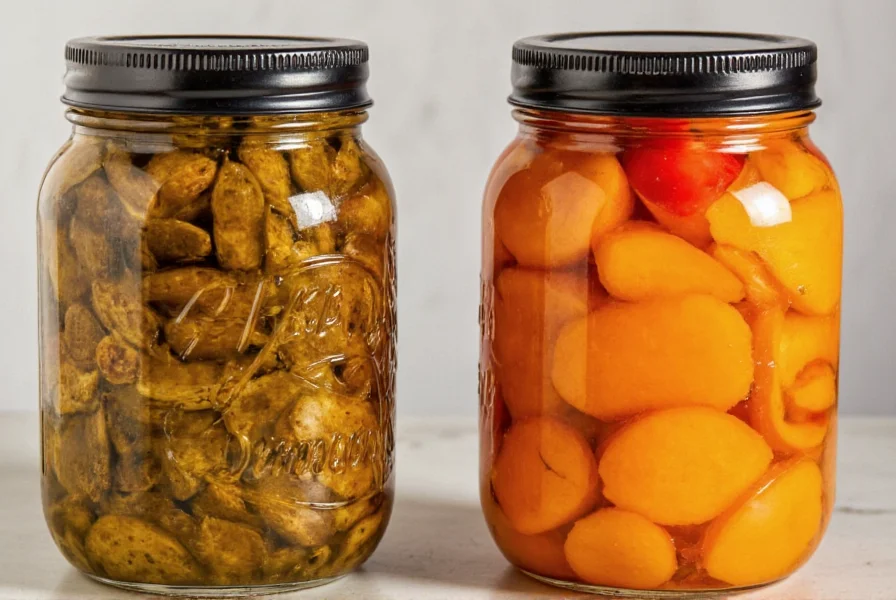
Conclusion
Understanding the distinction between file powder and gumbo seasoning is essential for authentic Creole cooking. File powder serves as a unique thickener that should be added at the end of cooking, while gumbo seasoning provides the foundational flavor profile when added early. Using both correctly will elevate your gumbo to restaurant-quality levels.
Always check labels for pure ingredients and proper usage instructions. With the right products and techniques, you can master the art of gumbo and create dishes that honor Louisiana's culinary traditions.
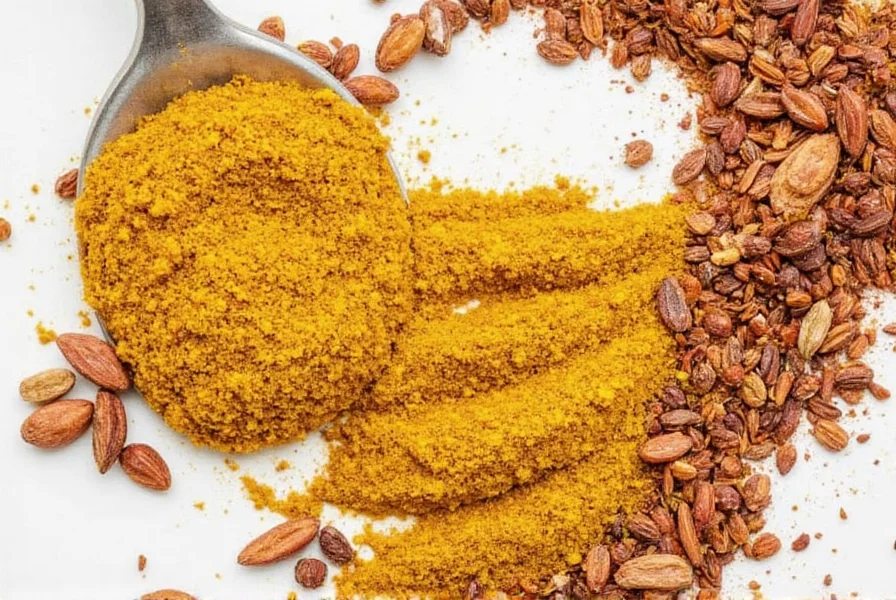

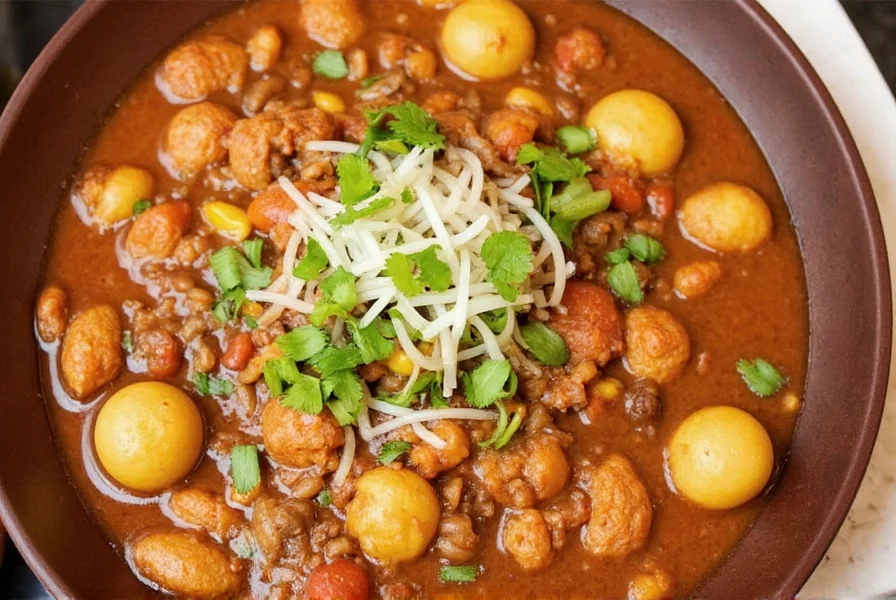









 浙公网安备
33010002000092号
浙公网安备
33010002000092号 浙B2-20120091-4
浙B2-20120091-4